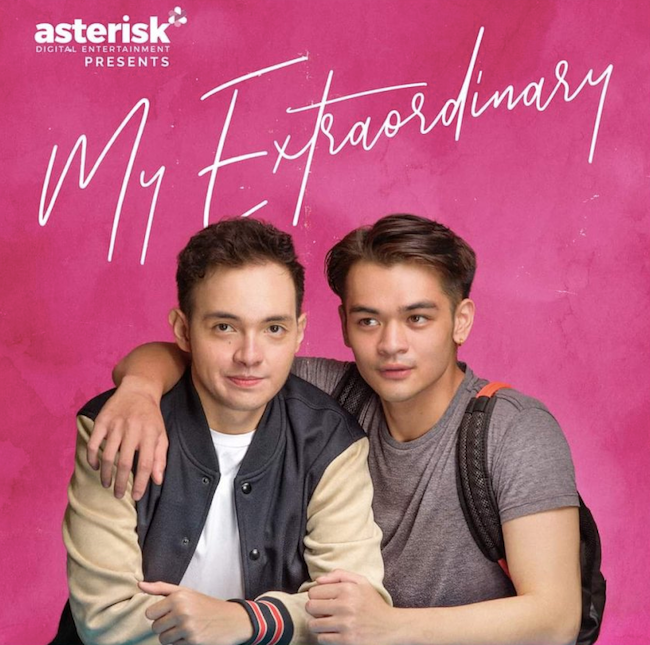3 Reasons why the Boys’ Love (BL) genre could potentially be problematic

2020 gave the Boys’ Love (BL) genre the recognition it deserves. BL shows feature a love story revolving around two male characters. Basically, it’s a gay love story. Since we live in a Catholic-dominated country, it remains a positive thing that such a genre exists. Aside from merely existing, Filipinos have also started liking the content under such genre.
Disclaimer: The views and opinions expressed by the writer of this article don’t necessarily represent those of the rest of Village Pipol Magazine.

People who are part of the LGBTQ+ Community have gotten sick of movies that centered around a heterosexual couple. Now, that we’ve watched movies that have same-sex couples in it, we surely want more. Truthfully, I think one of the main reasons why we love the Boys’ Love (BL) genre remains to be our hidden desire to be validated.
Now, we can see our stories and experiences told. With the BL genre, narratives exist that have approximated what a guy feels as a gay man. We can finally watch a gay man go through his everyday life without the stress of having to solve a mystery at the end of the season — cough cough Elite and Riverdale. We can finally watch a fictional character and yell out, “OMG. Same!”
However, questions started to arise, and maybe — just maybe — the BL genre isn’t all that perfect as it seemed.

3 Reasons why the Boys’ Love (BL) genre could potentially be problematic:
# 1 Does it really need to have a label? Shouldn’t it be just called a ‘love story’?
It shouldn’t be any different from how TV networks and executives produce love stories and pairings. We don’t really lack gay love stories to tell. Two male characters falling in love and living happily ever after is supposed to be “just another love story.” Why did it need to have such a categorized label?

# 2 Should lesbian love stories have a separate genre, too?
Lesbians — or even bisexual girls — are often fetishized by the media. Of course, this causes movies like Black Swan and Blue Is The Warmest Color where they heavily show off a sex scene between two female characters. The porn industry even knows this fact as they create millions of videos that contribute to this kind of thinking.
However, thanks to director-slash-writer Samantha Lee, the Philippines can be proud of at least one lesbian love story that revolves around two young girls — billie & emma. Since it’s also an LGBTQ+ coming-of-age story, should it have its separate genre, too? Should we have a Girls’ Love (GL) genre for stories like these?

# 3 Where are the realistic situations that every LGBTQ+ people could relate to?
When you’re a young gay man, you’re still trying to understand your sexuality. You would feel like having feelings with another man feels wrong — yes, btw… say hello to your internalized homophobia that has been caused by years of living in a Catholic-dominated country.
Sometimes, a young gay man just needs to see conflict and emotion in a movie or a TV series as if it came straight out of his own gay life. A BL genre should be able to show real situations that this certain gay man needs. Sure, the genre narrates gay feelings — especially the joys and confusions one experiences when they’re still young. But, where is the realistic part of it?
Even everyone’s favorite BL series, 2gether: The Series, isn’t a realistic one. Tine literally had a gay admirer that wouldn’t leave him alone. A real gay man would leave alone the guy if the latter didn’t like the former. Aside from that, Sarawat literally becomes Tine’s ‘fake boyfriend.’ When in real life does that actually happen?

Let us know what you think in the comments section!
Angela Grace P. Baltan has been writing professionally since 2017. She doesn’t hesitate to be opinionated in analyzing movies and television series. Aside from that, she has an affinity for writing anything under the sun. As a writer, she uses her articles to advocate for feminism, gender equality, the LGBTQIA+ community, and mental health among others.





